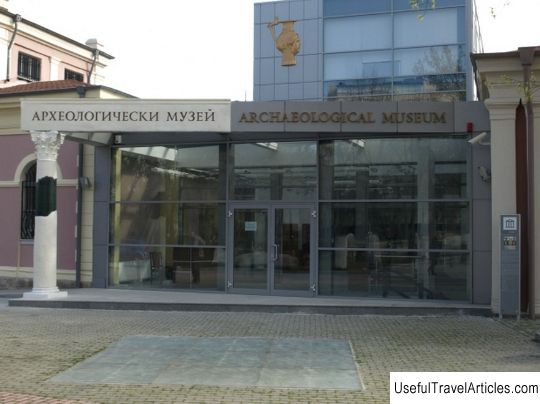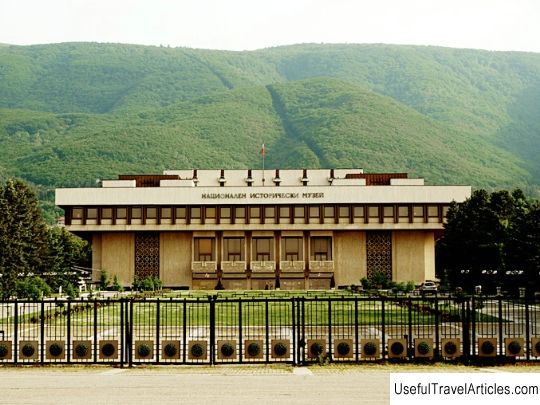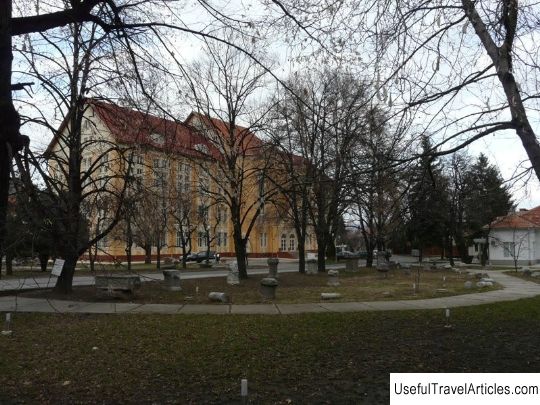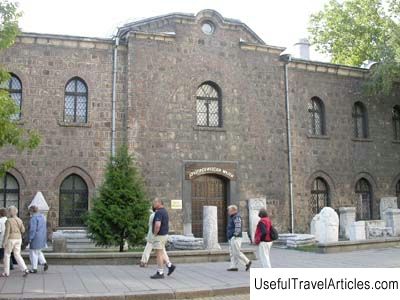Archaeological Museum in Bulgaria, Plovdiv resort
Rating: 8,4/10 (1054 votes)  The Archaeological Museum in the city of Plovdiv is one of the oldest museum institutions in Bulgaria. The history of the museum dates back to 1882. At that time, his collections were based on – historical and ethnographic documents, numismatic collection numbering 1500 coins, archaeological finds of the XVIII – XIX centuries, church utensils and about a hundred paintings by Bulgarian painters. Today the museum has over 100 000 exhibits, many of which are associated with the history of this ancient city. In the museum, the attention of visitors is presented with several thematic expositions related to the following periods – prehistoric, Roman, ancient Greek, Bulgarian, medieval, Islamic. In the exhibition dedicated to the prehistoric period, a large collection of objects related to the Neolithic, Bronze and Copper ages has been collected. Here you can see ancient tools made of bone, stone and animal horns, pottery, bronze and copper figures, amulets and jewelry. One of the most valuable collections of the museum – Panagurishte's golden treasure. This unique collection was discovered during archaeological work in 1949. The collection includes eight bowls and a dish made in the form of human figures and animals. Recently historians have established that this set belonged to the Thracian ruler of the Odrissian province, and its creation dates back to the 4th-3rd centuries BC. The exhibition dedicated to the ancient Greek period displays a collection of artifacts discovered during archaeological excavations , held near the villages of Chernozem and Duvanli. The finds date back to V – IV centuries BC Here you can see pottery, gold jewelry and silver utensils decorated with images of mythological animals. The exposition dedicated to the Roman period contains more than 5 000 exhibits. In the hall there are various bronze figurines made in the form of idols, which in I – IV centuries were worshiped by the Thracians. The sculptural collection contains 50 marble busts depicting the inhabitants of ancient Philipopolis. There are also many sarcophagi, tombstones, epitaphs brought by archaeologists from different Thracian sanctuaries. The exposition dedicated to the Islamic period displays exhibits reflecting the history of Plovdiv XV – XIX centuries, when it was one of the main cities of the Ottoman Empire. The hall contains marble `` tugras '' – emperor's monograms, pottery, gravestones, miscellaneous household items, weapons, and more.   We also recommend reading Ethnographic Museum in Bulgaria, Plovdiv resort Topic: Archaeological Museum in Bulgaria, Plovdiv resort. |




